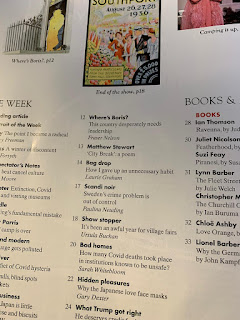When describing Robert Selby’s first full collection, The Coming-Down Time (Shoestring Press, 2020), there’s a danger that critics might reach for terms such as “traditional” or “nostalgic”, particularly as the poet evokes and invokes an England that’s about to undergo a seismic shift.
However, those afore-mentioned terms would do Selby’s work a disservice, as they would misinterpret his implicit contextualising of the past and the delicacy of his touch. Selby’s work rewards patient rereading: poems that might seem a pastiche or anachronism are in fact inviting the reader to engage in a dialogue with the present. In The Coming-Down Time, what’s left unsaid is often even more important that’s what actually stated, and the impatient reviewer can easily miss these nuances.
One such example is The Sycamore. A pertinent comparison would be between the opening lines to the first and final stanzas, which read as follows…
The black-faced smithy’s boy of Brig o’
Turk
propped his bicycle against the
sycamore
before his final shift at the clanging
hearth,
soon to head to war to escape the bore
of pouring coal into the firepot’s
girth…
…Long since the blacksmith sold off
the yard,
since war ended, resprouted, withered
again,
and the Trossachs became a National
Park,
the bicycle protrudes still, a man-made
limb
mimicking new growth…
These two extracts clearly mark the passing of time, as individual and social histories are portrayed in parallel, while the natural and human world are also juxtaposed to fine effect. Nevertheless, the poem’s significance pivots around the moment at which its narrative stops. The Trossachs became a National Park in 2002, and Robert Selby is leaving unspoken all the changes that have taken place since then, inviting us to continue with his temporal journey, making it our own, implicitly encouraging us to carry on to the here and now.
In other words, contemporary England might be termed “the elephant in the room” in The Coming-Down Time. Selby is entirely aware of the looming shadow of the present throughout his collection and plays on the knowledge that readers will approach these poems via the lens of 2020 with its new conflicts, tensions and changes.
It might be something of a cliché to state that we must understand the past in order to get to grips with the present and future, but that doesn’t make such an affirmation any less true. As a consequence, The Coming-Down Time is far from being behind the times. In fact, it could barely be more relevant.



